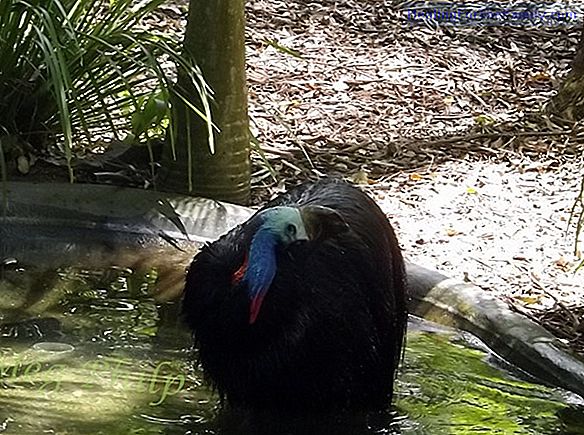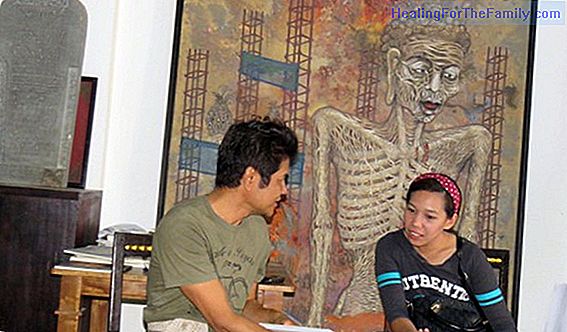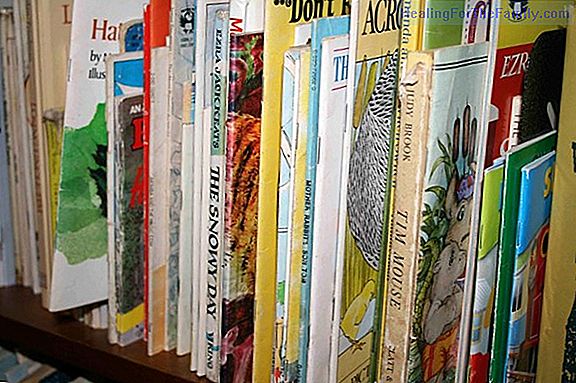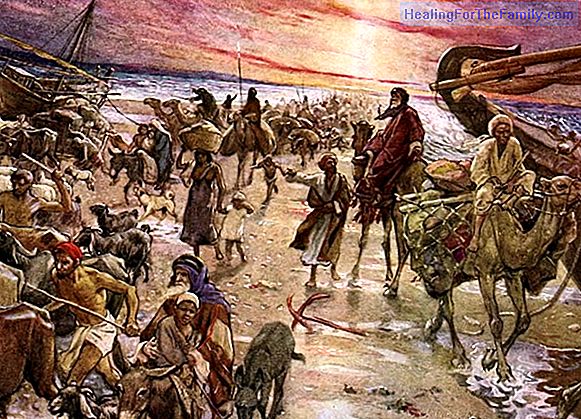Quetzalcoatl. Mexican legend for children
Quetzalcoatl is considered by many as the main god of the pre-Hispanic world. It is also known as "the feathered serpent", whose image represents the human condition; the snake shape symbolizes the physical body and the feathers represent the spiritual side. Without a doubt, it is a character of gre
Quetzalcoatl is considered by many as the main god of the pre-Hispanic world. It is also known as "the feathered serpent", whose image represents the human condition; the snake shape symbolizes the physical body and the feathers represent the spiritual side. Without a doubt, it is a character of great importance for the ancient Mesoamerican civilizations.
To learn more about this deity, this time we will show you the legend of Quetzalcoatl, with which we will explain to the children why it was a symbol of wisdom and what role it played in the pre-Columbian culture. Share this Mexican legend for children and enjoy with them an educational activity with a lot of tradition and history!
What is the legend of Quetzalcoatl? Mexican story for children
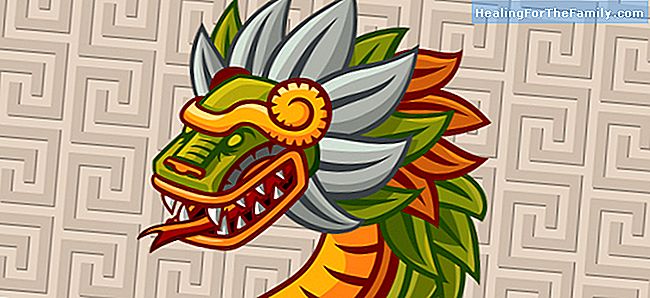
Legend has it that when the world was created, gods and human beings lived happily and in harmony. However, the only one who was not happy was the god Quetzalcoatl, who saw how the gods took advantage of human beings, felt superior and made them less.
Annoyed with this situation, Quetzalcoatl decided to become a human being to share with people all the wisdom and knowledge that the gods possessed.
Arriving in the world of humans, he traveled through many lands until he reached the city of Tollan, where he found his settlers making a sacrifice dedicated to his brother Tezcatlipoca. When observing this event, he stopped the sacrifice and explained to them that he came to offer them an eternal city, full of flowers and good life.
Suddenly the sky cleared, the clouds disappeared and the sun came out. Quetzalcoatl shared their knowledge, and explained to people what life was like with equality and humility. From that day he became an example to follow and a symbol for the pre-Columbian peoples.

